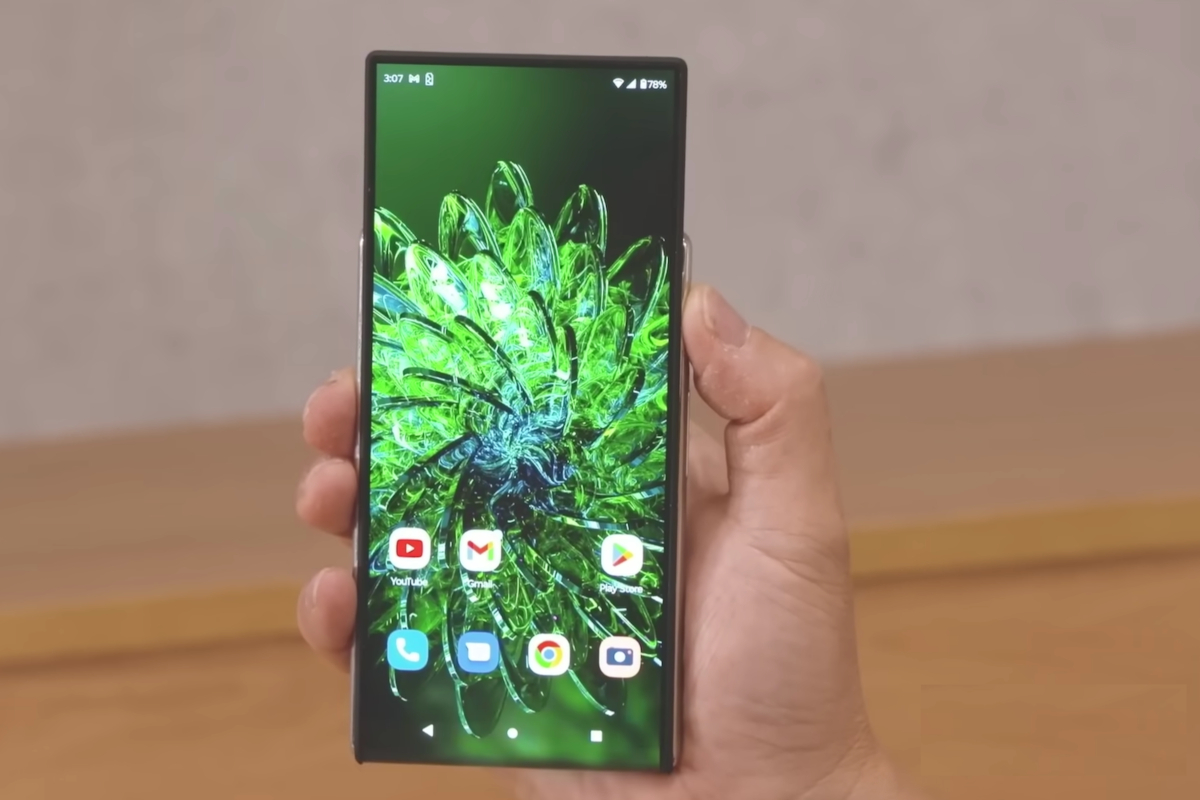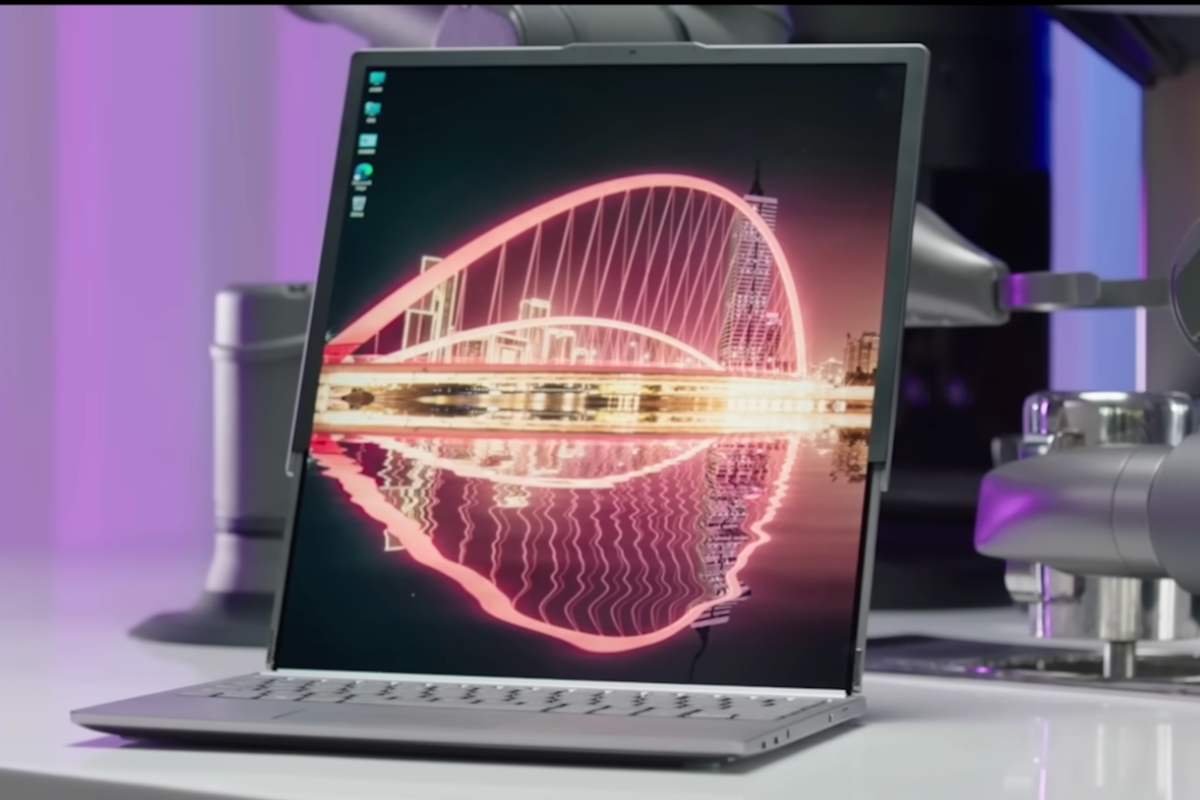Day 1 of the annual MWC Barcelona is the busiest as the show floor opens to thousands of attendees and brands participating in one of the world’s biggest tech fairs. Yesterday we covered the pre-show announcements that took place at MWC 2023. Today, smartphone brands like OnePlus, HONOR, and Xiaomi showcased their concepts and new products. Below is a quick summary of the announcements:
OnePlus 11 concept smartphone, 45W Liquid Cooler, XR partnerships, and more
After globally launching the OnePlus 11 earlier this month, OnePlus showcased a concept smartphone with a new active cooling technology called Active CryoFlux. The new cooling technology will lower smartphone temperatures by up to 2.1°C, improving a game’s frame rate by 3-4fps, or by 1.6°C during charging, which slightly improves charging times. This is achieved through an industrial-grade piezoelectric ceramic micropump that runs cooling liquid through micropipes in the smartphone without significantly increasing the OnePlus 11 Concept’s weight or thickness.

A new OnePlus 45W Liquid Cooler was also showcased. It is a semiconductor-based thermoelectric cooler that reduces the temperature of a device by up to 20°C. Of note, OnePlus and its industry partners also presented the OnePlus 11 5G’s XR experience possibilities through ray tracing technology powered by Qualcomm’s Snapdragon 8 Gen 2 Mobile Platform, and a Snapdragon XR2 AR Wireless Smart Viewer experience. The OnePlus 11 5G is the first Snapdragon Spaces-ready smartphone for the Snapdragon Spaces XR developer program.
HONOR Magic5 series, Magic Vs foldable launch
HONOR took the stage to announce the global launch of its premium line-up – Magic5 Pro and Magic5 – as part of the brand’s dual-flagship line-up strategy catering to two different segments. The HONOR Magic5 Pro is available in one configuration – 12GB RAM and 512GB – and will sell for €1,200, whereas the HONOR Magic5 8GB RAM with 256GB storage will be available for €900. Both devices are powered by Qualcomm’s Snapdragon 8 Gen 2 SoC, support 66W wired charging and feature a “falcon camera” system, which uses AI to select the best shot for a moving object.

HONOR also launched its first foldable device outside China – Magic Vs. This is also the first book-type foldable phone other than Samsung launched outside China. The hinge comprises only four pieces of material, compared to 92 pieces in a typical competitor offering. The folding smartphone is powered by the Snapdragon 8+ Gen 1 SoC.
Foldables have become an established niche with cumulative shipments crossing the 20-million mark in 2022. At €1,599 ($1,693), the HONOR Magic Vs undercuts Samsung’s Galaxy Z Fold 4 which costs €1,800. HONOR is competing directly with Samsung here. The competition in the foldable segment will intensify in 2023.
Xiaomi Wireless AR Glass showcased
After launching the 13 series smartphones along with a bunch of IoT products, Xiaomi also showcased the Wireless AR Glass Discovery Edition at MWC. These are standalone AR glasses that can be wirelessly paired with your smartphone or other compatible devices for immersive AR experiences.

There are two MicroOLED screens with a peak brightness of up to 1200 nits per eye. The electrochromic lenses come with an immersive mode for complete immersion in the virtual space. Then, there is also a transparent mode, allowing users to see the objects in their surroundings. Xiaomi has also added three cameras to map out the surrounding world around the user. These AR glasses are powered by Qualcomm’s Snapdragon XR2 Gen 1 platform and support the Snapdragon Spaces XR developer platform. To offer precise controls and operation, Xiaomi has also developed its own AR gesture controls with spatial detection.
Lenovo, Motorola showcase rollable display devices
Foldable smartphones are becoming a little common today as they offer both compact and big-screen experiences in one device. But foldables aren’t the only way to get a big-screen experience. Smartphone brands are also experimenting with rollable displays. OPPO showcased its rollable smartphone last year, and this year Motorola has showcased the working prototype of its rollable device called Moto Rizr.

The Android prototype comes with a 5-inch, 15:9 aspect-ratio display that can roll up to offer a 6.5-inch, 22:9 aspect-ratio screen. Though the smartphone seems to be operational, the company has not mentioned anything about its intention of putting this prototype into production anytime soon. Lenovo also offered a sneak peek at a proof-of-concept laptop featuring a rollable screen that goes from 12.7 inches (4:3 aspect ratio) to 15.3 inches (8:9 aspect ratio).

It is good to see OEMs trying out different form factors, but it will take a while before this tech becomes mainstream. How companies will address the durability and software challenges will be something to look forward to.
BeUno implants, more than health trackers
A company called Dsruptive is offering BeUno ‘implants’ that are claimed to deliver a better user experience in the health and medical industry as compared to the wearables. These capsule-like implants (or sensors) are placed inside the body to monitor body temperature, remotely monitor patients and provide personalized treatment. The solution, which has been clinically tested, gets activated via NFC and does not need any battery to operate.

 There are other use cases beyond healthcare, like unlocking doors by using the implants as an electronic ticket (already started in Sweden), and using them for bio-payments. While all this seems promising, there will be some key challenges for the technology, such as mass adoption due to regulatory issues, customer acceptance, and any health-related implications due to the implants.
There are other use cases beyond healthcare, like unlocking doors by using the implants as an electronic ticket (already started in Sweden), and using them for bio-payments. While all this seems promising, there will be some key challenges for the technology, such as mass adoption due to regulatory issues, customer acceptance, and any health-related implications due to the implants.
With inputs from Maurice Klaehne, Varun Mishra, and Anshika Jain
This is a developing post…

